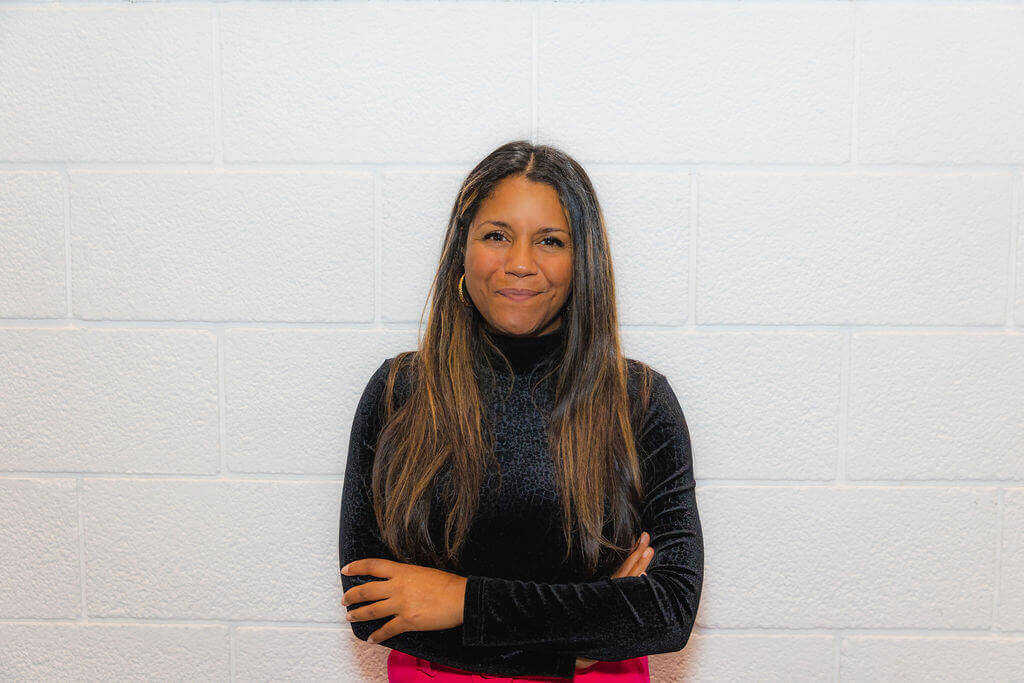Gabby Austen-Browne, founder of Diversity Alliance, discusses how tech can innovate to become more inclusive.
As events become more aware of accessibility in the physical sense, it’s key that we also consider accessibility in the digital sense. Inclusion in tech is continuing to gain momentum. Bolstered by regulations like the Equal Opportunities Act, Americans with Disabilities Act (ADA) and Web Content Accessibility Guidelines (WCAG) 2.1, organisations recognise the business and social imperatives for equity in digital experiences.
As with anything that makes experiences more inclusive and accessible, prioritising accessibility makes smart business sense. With over £9tn in disposable income, the disability community represents a largely untapped market, so building products and services tailored to their needs increases our opportunity to reach a more diverse range of participants. From my own experience, accessible experiences benefit more than just users with disabilities. For example, closed captions aid language learners and increased colour contrast helps low vision users. Accessibility features inherently enhance usability for all (who else likes to pop the subtitles on when watching a TV show or movie?).
It’s important to design our digital experiences with inclusivity in mind. This requires considering diverse perceptual and interactive needs across the disability spectrum. For the visually impaired, alt text descriptions make images comprehensible; captions open audio content to those with hearing loss; adjustable font sizes and colour contrasts empower users with low vision or colour blindness; and keyboard compatibility and clear navigation aid those with dexterity or cognitive limitations in accessing information.
I am seeing a huge uptick in clients looking to make digital experiences inclusive and have worked with them on ensuring websites, event registration pages and social media are accessible. But more than that, we need to look at digital experiences in the live event setting too. For example, how are users engaging with the technology we use onsite?
With AI becoming a prominent fixture in our work, there are opportunities to use AI, such as for voice assistance, real-time captioning and more advanced screen readers. Creating accessible technology and digital experiences requires embracing inclusive design methodologies. Developers, designers and product teams should receive accessibility training, conduct user testing with disabled individuals, and apply universal design principles that focus on flexibility and simplicity. To use my favourite terms – an empathy-based, user-centric approach will lead to innovations that work for everyone.
While progress is being made in the accessibility space, technology still struggles to accommodate many with disabilities. Let’s change that by being more mindful around inclusive design and consider how we can harness tech’s potential to empower those with disabilities.




















